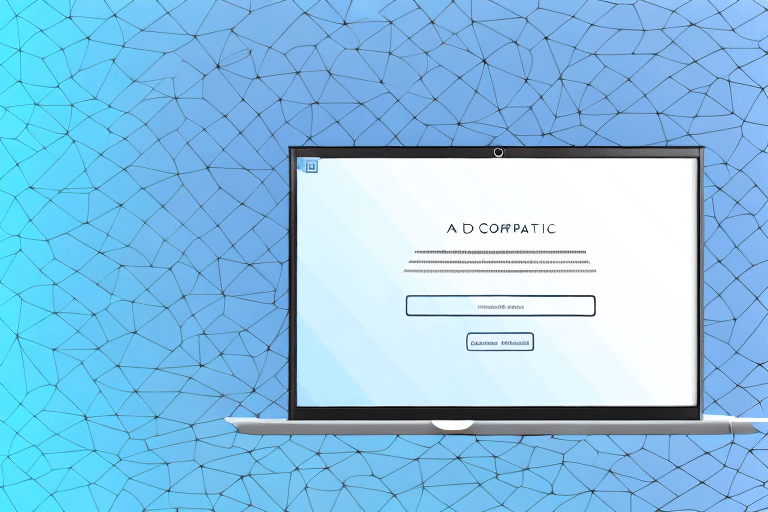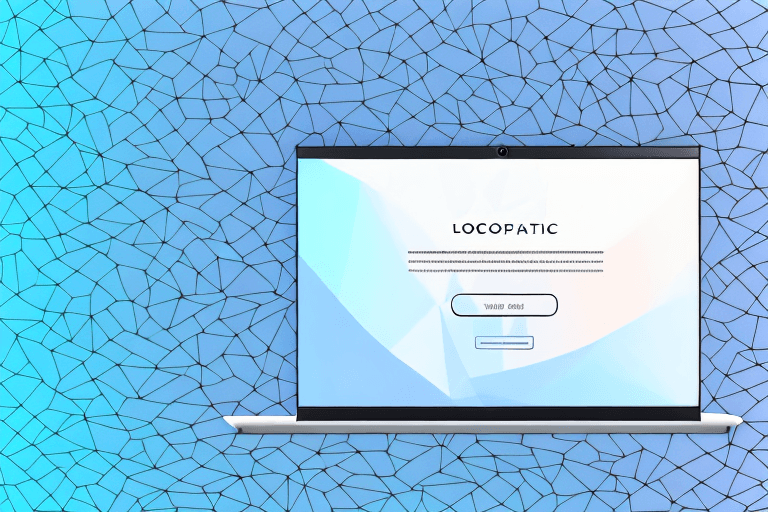In today's fast-paced business world, cold sales emails are an indispensable tool for reaching out to potential customers. However, crafting an effective email template can be a daunting task. In this article, we will break down the key components of a successful cold sales email and provide tips for creating a compelling template that will help you generate more leads.
Understanding Cold Sales Emails
Before we dive into the specifics of creating a cold sales email template, it's important to understand what a cold sales email is and why it matters.
A cold sales email is a powerful tool that can help businesses expand their reach and connect with potential customers who may not have found them otherwise. Unlike warm or hot sales leads, cold leads have no prior knowledge of your brand or product. Cold sales emails are usually part of a larger cold outreach campaign and are designed to initiate a conversation with potential customers.
When crafting a cold sales email, it's important to keep in mind that you are reaching out to someone who is not familiar with your brand or product. This means that you need to make a strong first impression and provide value right from the start.
What is a Cold Sales Email?
A cold sales email is an unsolicited email that is sent to a potential customer with the aim of generating interest in a product or service. The goal of a cold sales email is to start a conversation with a potential customer and establish a connection that could lead to a sale.
When creating a cold sales email, it's important to research the recipient and personalize the message as much as possible. This can include referencing their industry or business, mentioning a recent news article or event related to their business, or highlighting a pain point that your product or service can solve.
Why Cold Sales Emails Matter
Cold sales emails are an essential part of any sales strategy. They allow businesses to expand their reach and connect with potential customers who may not have found them otherwise. By crafting an effective cold sales email, you can establish a connection with a cold lead and start building a relationship that could lead to a sale.
However, it's important to note that not all cold sales emails will result in a sale. In fact, the majority of them won't. But that doesn't mean they aren't valuable. Cold sales emails can help you learn more about your target audience and refine your messaging and approach for future outreach campaigns.
Additionally, even if a cold sales email doesn't result in an immediate sale, it can still help raise brand awareness and keep your business top of mind for potential customers.
In conclusion, cold sales emails are a powerful tool that can help businesses expand their reach and connect with potential customers. By crafting personalized and effective cold sales emails, businesses can establish connections with cold leads and start building relationships that could lead to sales and long-term customers.
The Key Components of a Cold Sales Email Template
Now that we've established the importance of cold sales emails, let's dive into the key components of a successful cold email template.
Subject Line
The subject line is the first thing your potential customer will see, so it's critical to get it right. A compelling subject line should be short, attention-grabbing, and relevant to the message of the email. It should pique the recipient's curiosity and motivate them to open the email.
For example, if you're selling a new software tool for small businesses, your subject line could be "Revolutionize Your Business with Our New Software Tool."
Opening Line
The opening line of your cold sales email should set the tone for the rest of the email. It's best to start with a question or a statement that immediately engages the reader and shows them that you understand their pain points.
For instance, you could start with something like "Are you tired of struggling with outdated software that doesn't meet your needs?"
Personalization
Personalizing your cold sales email is a crucial way to establish a connection with your potential customer. Use their name, mention their company, and show that you have taken the time to research them. However, be careful not to come across as too salesy or intrusive.
One way to personalize your email is to reference a recent news article or industry trend that's relevant to their business. This shows that you're up-to-date on their industry and can offer valuable insights.
Value Proposition
The value proposition is the heart of your cold sales email. It's the part of the email where you showcase the benefits of your product or service and explain why it's relevant to the recipient. Be concise and clear in your messaging and focus on how your product can solve the recipient's pain points.
For example, if you're selling a social media management tool, you could highlight how it can save the recipient time and effort by automating their social media posts and providing analytics to improve their strategy.
Call-to-Action
A clear call-to-action is essential in any sales email. It's the part of the email where you ask the recipient to take action, whether it's to schedule a demo or set up a call. Make sure your call-to-action is specific, easy to understand, and easy to act on.
One effective call-to-action is to offer a free trial or demo of your product. This allows the recipient to try it out for themselves and see the value firsthand.
Closing Line
The closing line of your cold sales email should be warm and professional. Thank the recipient for their time, reiterate your value proposition, and let them know what the next steps are. Make it clear that you're looking forward to hearing back from them.
For example, you could end with something like "Thank you for considering our software tool. We're confident it can revolutionize your business. Please let us know if you have any questions or if you'd like to schedule a demo. We look forward to hearing from you soon."
Crafting a Compelling Subject Line
Now that we've covered the key components of a cold sales email template let's dive deeper into crafting a compelling subject line. Below are some tips to help make your subject lines more effective.
As you know, the subject line is the first thing that your recipient sees when they receive your email. It's your chance to make a great first impression and entice them to open your email. Here are some additional tips to help you craft a subject line that will grab their attention:
Keep it Short and Sweet
Subject lines that are too long or complicated can be a turnoff for readers. Keep your subject lines short and to the point. Ideally, your subject line should be around 50 characters or fewer. This will ensure that your subject line is easily scannable and can be read quickly.
For example, instead of writing "Our company is offering a special promotion for a limited time only," you could write "Limited Time Offer: Save on Our Services."
Create a Sense of Urgency
Use words like "limited time offer" or "don't miss out" to create a sense of urgency. This will motivate the recipient to open the email right away rather than putting it off for later. However, it's important to make sure that your sense of urgency is genuine. If you overuse urgency in your subject lines, it can come across as spammy and turn off your recipients.
For example, you could write "Last Chance to Save on Our Services" or "Don't Miss Out on This Exclusive Deal."
Use Personalization
As we mentioned earlier, personalizing your subject line can make a big difference in whether or not your email gets opened. Use the recipient's name, company name, or other relevant information to grab their attention. This will show that you've done your research and that your email is tailored specifically to them.
For example, you could write "John, Save on Our Services Today" or "Exclusive Offer for [Company Name] Employees."
Test and Optimize
Finally, it's important to test and optimize your subject lines to see what works best. Consider running A/B tests to see which subject lines generate the most opens and clicks. This will help you refine your approach over time.
Remember, crafting a compelling subject line takes time and effort, but it's worth it in the end. By following these tips and experimenting with different approaches, you'll be able to create subject lines that grab your recipients' attention and increase your chances of success.
Conclusion
Ultimately, creating an effective cold sales email template requires a combination of creativity, messaging, and testing. By following the key components we outlined above and optimizing your approach over time, you can build a compelling cold sales email template that will help you generate more leads and grow your business.




